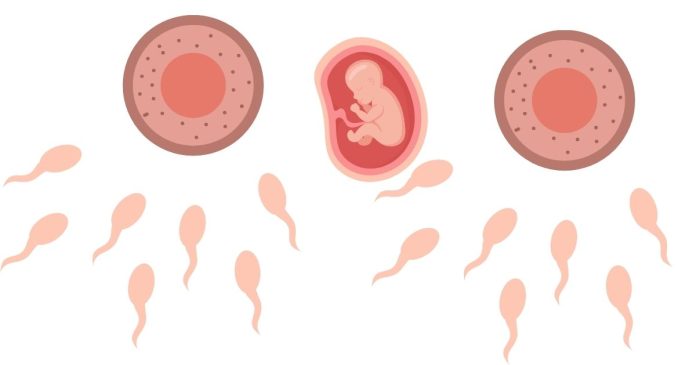In the first stage of reproduction, specifically during cell division (mitosis or meiosis), the nuclear membrane (also called the nuclear envelope) disappears. This occurs during prophase, the initial stage of cell division.
As the cell prepares to divide, the nuclear membrane breaks down to allow the chromosomes, which have already replicated, to condense and become accessible for alignment and separation. This disappearance is crucial for the subsequent steps, as it enables the spindle fibers to attach to the chromosomes and guide their movement during the division process.
In the broader context of reproduction, if you’re referring to early embryonic development, the zona pellucida surrounding the fertilized egg eventually disappears during implantation in the uterus.


